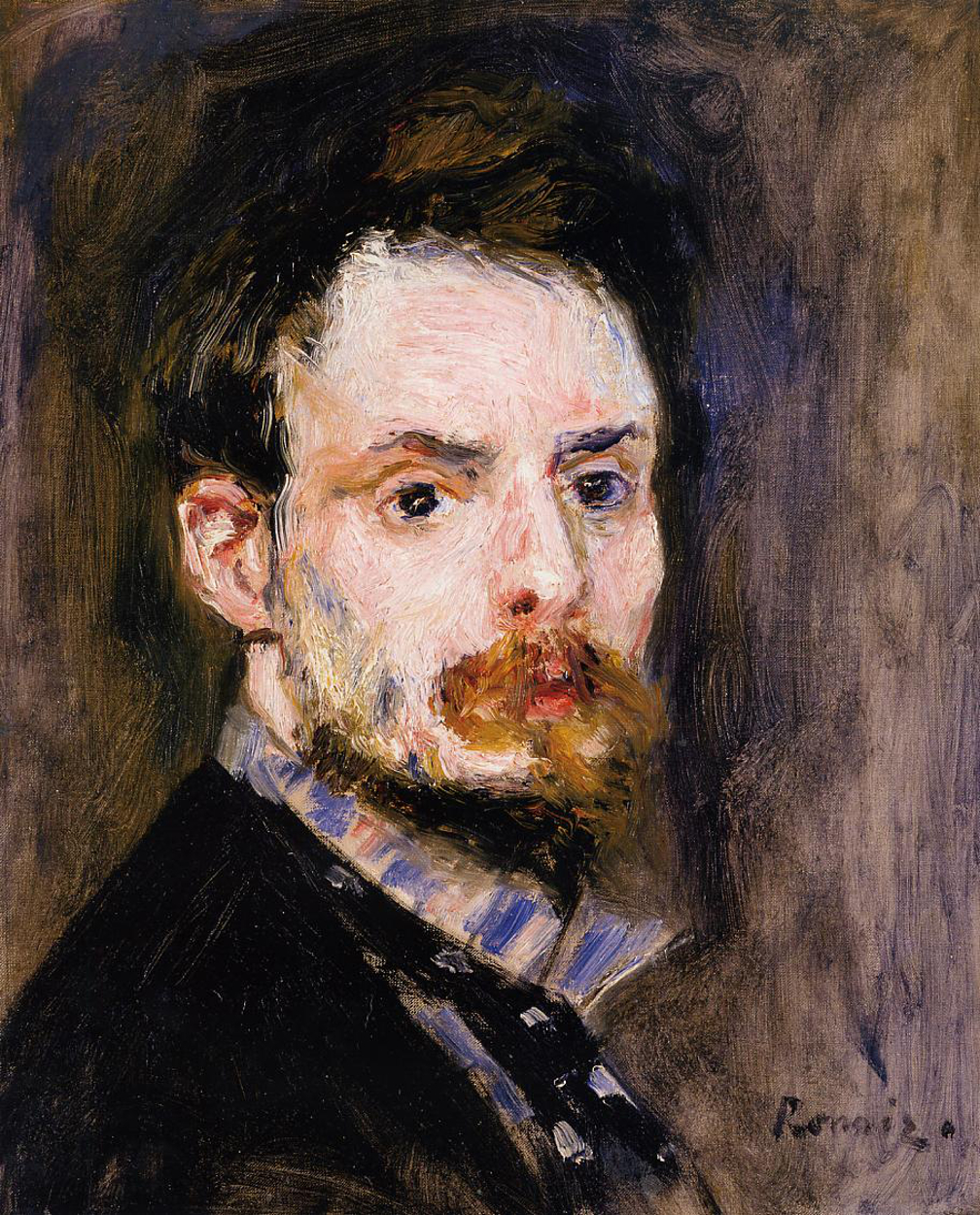On this day in 1841, Pierre-Auguste Renoir, a French artist who was a leading painter in the development of the Impressionist style, was born. :)
The painting is one of the most iconic works of Impressionism. It captures a regular Sunday afternoon at the original Moulin de la Galette in the Montmartre district of Paris. During the late 19th century, this was a popular spot where working-class Parisians would come dressed up to dance, drink, and enjoy galettes into the evening. This scene is a classic example of Renoir's early mature work, embodying the essence of Impressionism. It vividly portrays real-life moments with rich forms, smooth brushstrokes, and a lively play of light and shade, much like sunlight flickering through the trees.
Renoir started his project to paint the dancing scene at Le Moulin de la Galette in May 1876, a process vividly detailed by his friend and civil servant Georges Rivière in his memoir. To capture the scene, Renoir needed to set up a studio close to the mill. He found the perfect spot in an abandoned cottage on rue Cortot, which had a garden Rivière described as a "beautiful abandoned park." This location became the birthplace of several of Renoir's major works, including The Swing.
Rivière also sheds light on the personalities depicted in the painting. According to some sources, despite Renoir’s efforts, he couldn't get his favorite 16-year-old model, Jeanne Samary (who appears in The Swing) to be the principal in this painting. Instead, her sister Estelle is featured, wearing a blue and pink striped dress. The two sisters, along with their family, were regulars at Le Moulin de la Galette every Sunday. The painting also includes Pierre-Franc Lamy, Norbert Goeneutte (both also in The Swing), and Rivière himself among other of Renoir's friends.
P.S. If you would like to learn more about Pierre-Auguste Renoir and his importance to Impressionism, please take a look at our vast French Impressionism Mega Course! :) Now you can get it with a -25% discount!
P.P.S. Did you know the sensuality of Renoir's paintings has been often compared to those of the Rococo period? Learn more about the influences behind Dance at Le Moulin de la Galette and explore this scene a bit closer!

.jpg)
 Pierre-Auguste Renoir
Pierre-Auguste Renoir